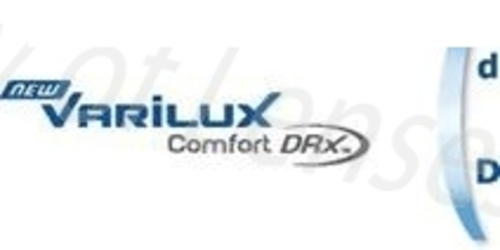

You're now drinking coffee while texting the kids, sending an email via a tablet on the train or checking your social news feed every other hour. Your posture and the way you look at things up close have changed. Reduced image distortions across all vision zones You don't have to move your head to find the sweet spot on the lens Seamless transitions between seeing zones
VARILUX XDESIGN SERIES
Varilux X series improves your near vision quality such as using your tablet on holiday Varilux X series improves your near vision quality like using your smart phone Varilux X series improves your near vision quality Varilux X series is the best Varilux we've ever designed. Varilux X series is the first Varilux lens to dramatically reduce head movement and ensure that your vision is as natural as possible for everyday activities within arm's reach and beyond. Combined with a new calculator Essilor is able to design each lens with much greater precision taking into account multiple targets for one gaze direction.

The Varilux® X series™ lens is the result of innovation in lens design with Xtend™ technology which delivers additional benefits for today’s near vision demands. But it’s also a progressive lens that ensures quality vision at every distance for all active presbyopes.īy re-shaping a specific zone in the lens, it overcomes a typical frustration with many progressive lenses – having to adjust one’s head to find the right angle. The Varilux® X series™ in particular has been designed to meet the ever-changing expectations of consumers who are highly active, digitally connected and don’t want to be limited by their vision. Group designers have focused efforts on improving vision at arm’s length – reflecting the multitude of near vision tasks of today’s lifestyles. Patients need to understand the quality difference in what they are getting at your office.THE FIRST VARILUX PROVIDING TOTAL VISUAL FREEDOMĮssilor has launched its latest innovation to enhance the visual experience of presbyopes – going one step further in understanding the evolving needs of wearers and putting them at the heart of its innovation process. Explain the technology behind whatever brand of lens you recommend versus lenses they may find cheaper elsewhere. For rare instances where progression length must be specified, stay within 8mm and 11mm (11mm compromises near). A practitioner should very rarely need to specify a progression length (again, if a PAL does not perform well in “automatic mode,” consider finding another progressive). Most modern designs have progression lengths which automatically vary to provide maximum performance over a range of fitting heights.Always ensure the frame shape will not cut off the reading zone (even if you have satisfied the minimum recommended fitting height, if the nasal portion of the frame sweeps up, you may be cutting off the near zone). For zyl frames, remember to add some height to account for the bevel. Always measure from pupil center to the deepest point of the frame- even if that point is not directly below the pupil.If a progressive lens does not perform well when fit to pupil center, consider finding another design! In the past, it was recommended to drop segment heights by a couple millimeters from the pupil however, a well-designed progressive lens should provide its best performance when fit to pupil center.If a manufacturer is making performance-based claims, ask to see data to back up the claims. Always prescribe the best design technology for your patient’s needs.Tips for Successfully Fitting Progressive Lenses Vision should feel real world, not like they are behind lenses. The goal of a quality progressive lens is for the patient to just put them on and go. Many patients report having to turn their heads too much when they look over their shoulders when driving, or having to constantly adjust their chin position on the computer.


 0 kommentar(er)
0 kommentar(er)
